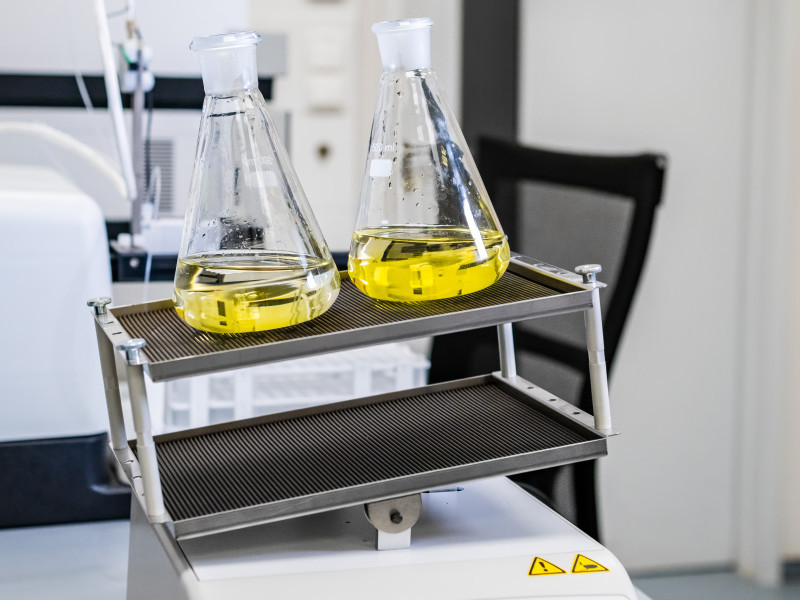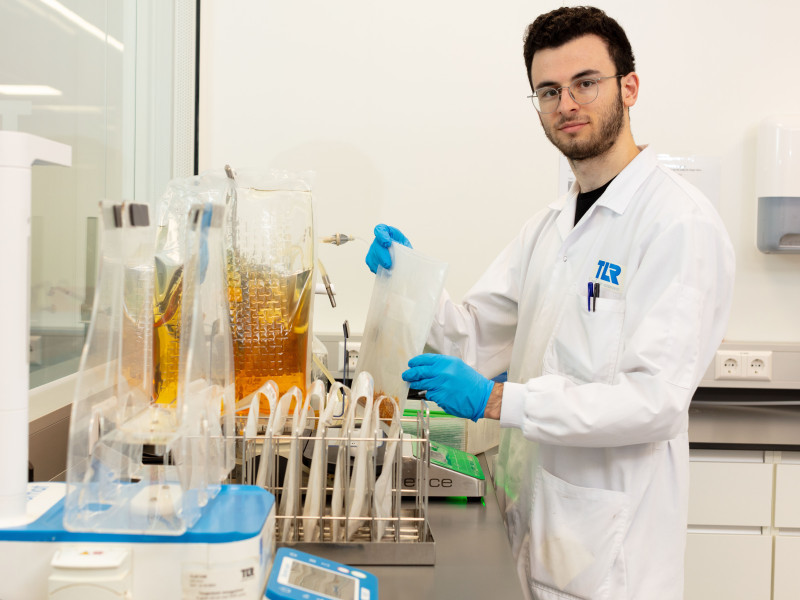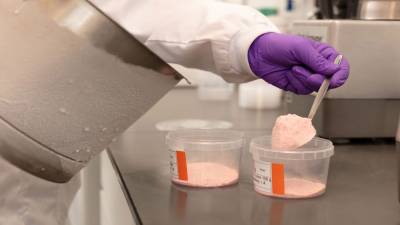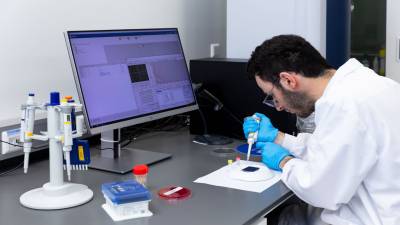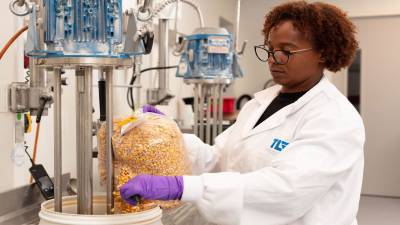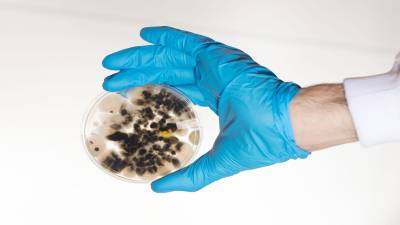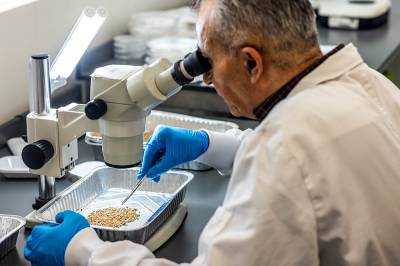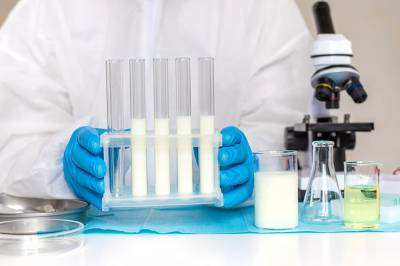Quality Assurance for Oils and Fats
Legislation, risks and accredited analytical methods.
1. Legal requirements and product specifications
Composition and labelling
- The composition of vegetable oils is defined in European and national legislation.
- Olive oil is subject to specific requirements under Regulation (EU) 29/2012, such as a maximum acidity of 0.8% for 'extra virgin'.
- Margarine and low-fat spreads are covered by the Commodities Act and Regulation (EU) 1308/2013.
Additives and fortification
- Permitted antioxidants (such as tocopherols, BHA/BHT) are used to prevent oxidation.
- Fortification with vitamins A and D is permitted under Regulation (EC) 1925/2006.
- Added substances must be correctly declared on the label.
Nutritional value and claims
- Mandatory declaration of fatty acid composition according to Regulation (EU) 1169/2011.
- Claims such as "high in unsaturated fatty acids" are permitted if substantiated in accordance with Regulation (EC) 1924/2006.
2. Risk substances and contaminants
Process contaminants
- During refining, glycidyl esters and 3-MCPD esters can be formed.
- A maximum of 1 µg/g for glycidyl esters applies under Regulation (EU) 2023/915.
- Process control is required to remain below the legal limits.
Environmental contaminants
Oils and fats can be contaminated with:
- Pesticides (Regulation EC 396/2005)
- Heavy metals
- Polycyclic aromatic hydrocarbons (PAHs)
Regular monitoring is mandatory within the HACCP plan.
3. Accredited analytical methods
Chemical composition
- Fatty acid analysis (GC-FID): profile determination, origin or fraud control
- Trans fat analysis (GC): mandatory for claims and international labelling
- Oxidation analysis: peroxide value, anisidine value and acid value according to AOCS/ISO
Contaminant analysis
- Glycidyl esters and 3-MCPD: LC-MS/MS or GC-MS after derivatisation
- PAH analysis: HPLC-FLD or GC-MS
- Dioxins and PCBs: GC-HRMS
- Heavy metals analysis: ICP-MS (Cd, Pb, As, V, Co, Ni, Zn, Mn, Fe, Cu, Cr)
- Mineral oil (MOSH/MOAH): LC-GC
- Vitamin analysis (HPLC): vitamins A and D in fortified margarines
All methods are performed under ISO/IEC 17025 accreditation (RvA L059).
4. Matrices and application areas
Product type | Examples of applied analyses |
Crude and refined vegetable oil | Fatty acid analysis, contaminants, oxidation status |
Margarines and fat blends | Vitamins, trans fats, peroxide value |
Frying fat (fresh and used) | Oxidation degree, mineral oil, PAHs |
Animal fats (butter, lard) | Heavy metals, dioxins, PCBs |
Fish oil | Fatty acid profile, oxidation status, stability |
Conclusion
Quality assurance of oils and fats requires compliance with current legislation, continuous monitoring of composition and contaminants, and validated analytical methods. TLR supports food producers with accredited laboratory services, enabling them to demonstrably meet customer specifications and legal requirements.
Meld je aan voor de laatste tips en adviezen dat je gelijk in de praktijk kunt brengen.


